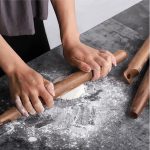Baking is both an art and a science, requiring precision and the proper tools. While traditional baking tools like mixing bowls, spatulas, and baking sheets take center stage, one of the most versatile and underappreciated materials exists in your kitchen drawer: tin foil. Tin foil, a thin sheet of aluminum, revolutionizes the way you approach baking by offering a myriad of innovative uses. Mastering these techniques not only elevates your baking game but also makes the process more enjoyable and efficient. In this article, we will explore the myriad ways tin foil can enhance your baking skills, from preventing over-browning to creating customized baking vessels.
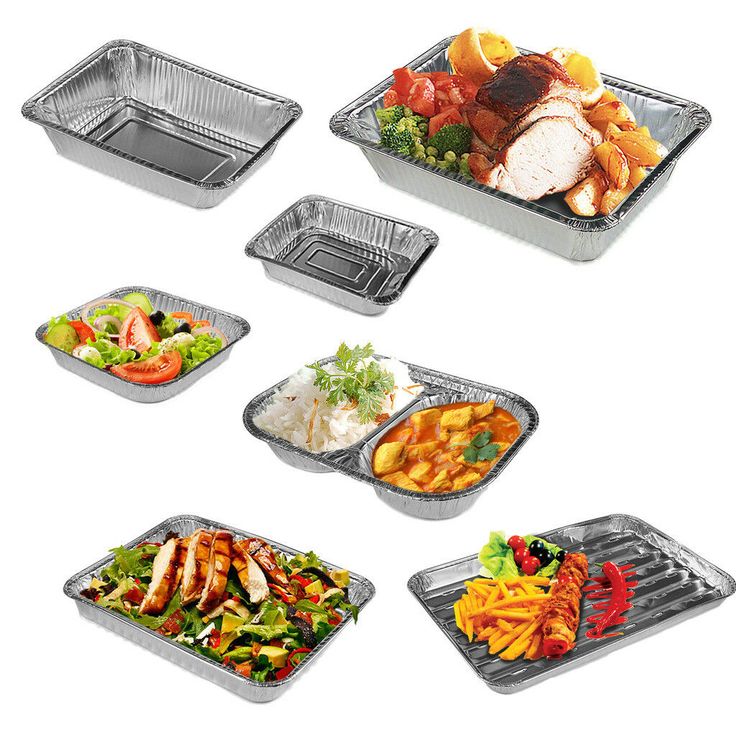
Understanding the Benefits of Tin Foil in Baking
Tin foil, also known as aluminum foil, boasts several features that make it a must-have in any baker’s toolkit. It conducts heat efficiently, creating even cooking surfaces that result in beautifully baked goods. Furthermore, its malleability allows for customization, enabling bakers to adapt it to various shapes and sizes based on their specific needs. Whether you’re layering it over a cake or using it to line pans, the flexibility of tin foil leads to optimized results.
One vital function of tin foil involves its ability to retain moisture. When you cover dishes with it, you trap the moisture in, preventing your baked goods from drying out. This characteristic proves especially beneficial when baking items such as bread puddings and dense cakes. On the flip side, tin foil also reflects heat, making it an exceptional tool for avoiding over-baking. By understanding these attributes, you can manipulate tin foil to achieve the perfect bake every time.
Preventing Over-Browning with Foil
One of the trickiest aspects of baking is achieving a golden-brown finish without burning. Whether you are making pies, cakes, or casseroles, encountering an over-browned or burnt dish can be extremely frustrating. It is disheartening to pull out a gorgeous creation from the oven, only to discover that the edges have charred. Here, tin foil steps in as your invaluable ally.
When you notice the top of your baked good starting to darken too quickly, cover it loosely with a piece of tin foil. This method effectively shields the surface from direct heat while allowing the insides to continue cooking thoroughly. Moreover, this technique proves particularly effective with quiches, lasagnas, and even delicate cookies.
Timing is the key to success with this approach. Be proactive and deter the foil for the last 15 to 20 minutes of baking. This ensures that those beautiful golden hues emerge at the end of the baking process. This simple yet effective technique reinforces your control over the baking journey, ensuring every dish comes out vibrant, perfectly cooked, and irresistibly appealing.
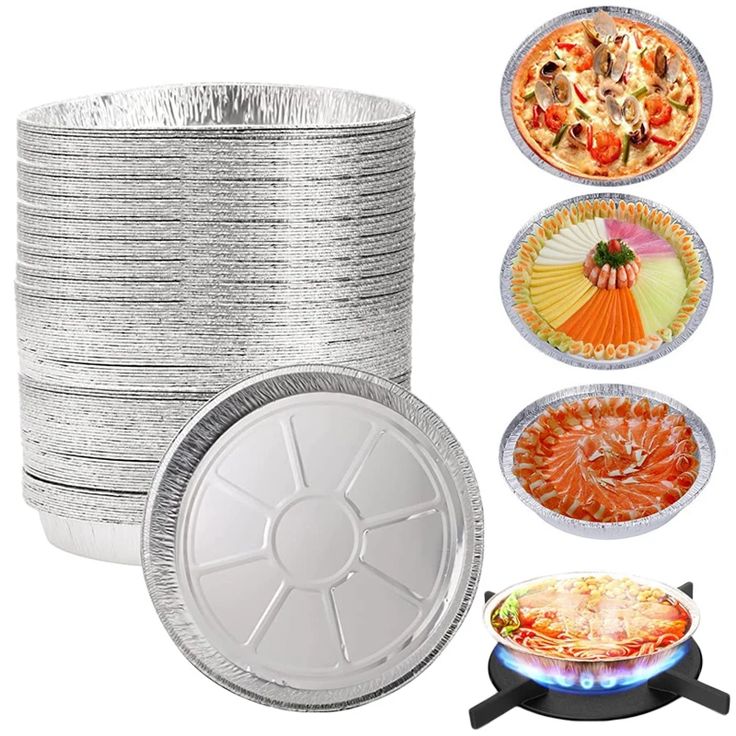
Creating Custom Baking Pans with Tin Foil
Bakers often find themselves grappling with various mold sizes that don’t accommodate their needs. With tin foil, however, you can create custom baking pans tailored to your specific requirements. This innovation proves especially useful for odd-shaped cakes or bread loaves where traditional baking pans aren’t available.
To craft a makeshift pan, start by taking a sheet of tin foil and folding it into your desired shape. For example, if you fancy making a round cake but lack a cake pan, form the foil into a circular mold. Reinforce the edges and ensure the base remains flat. Next, place the foil mold onto a baking sheet for additional support. This technique encourages experimentation, allowing you to explore creative cake designs or unique bread shapes without needing to invest in specialty bakeware.
Line Your Baking Sheets for Easy Clean-Up
One of the most underappreciated uses of tin foil is its exceptional ability to simplify clean-up time. When you bake, messy situations frequently arise, often resulting in stubborn stains or stuck-on batter. These common baking challenges can quickly turn an enjoyable experience into a tedious chore. Fortunately, lining your baking sheets and pans with tin foil offers a simple and effective solution.
By using tin foil, you create a non-stick surface that greatly reduces the likelihood of food sticking to the bottom of your pans. When you use this method, food easily releases from the foil, minimizing the mess you have to deal with after baking. For extra assurance, consider lightly spraying your lined foil with a non-stick baking spray. This small step enhances the non-stick property, making it even easier to remove baked goods.
This technique works wonders for a variety of baked items, including cookies, sheet cakes, and roasted vegetables. Once your baking is complete, simply peel off the foil and toss it in the trash. You save time on scrubbing sticky pans, allowing you to focus on the sheer joy of enjoying freshly baked goodies. This seemingly simple method opens doors to more enjoyable baking sessions with reduced stress over clean-up, turning your kitchen into a hassle-free baking haven.

Using Tin Foil for Controlled Steaming
Steaming offers a unique way to prepare baked dishes, emphasizing moisture retention and preserving delicate flavors. By using tin foil, you can effectively transform your oven into a steaming environment. This innovative method enhances both the texture and taste of your baked goods. For instance, baking fish or chicken tightly wrapped in foil not only allows for intense flavor infusion but also maintains the juiciness of the meat.
To start, create a foil packet that holds your protein and aromatic ingredients together. Incorporate fresh herbs, lemon slices, and your favorite seasonings into the packet. This combination maximizes flavor absorption, ensuring each bite is packed with deliciousness. As you seal the tin foil, you trap moisture inside, allowing steam to build up during the cooking process. This results in food that steams and bakes simultaneously, producing optimal results.
This technique works wonders not only for proteins but also for vegetables. Wrapped in foil, vegetables become tender, maintaining their vibrant flavors. If you want to elevate your baked goods and minimize the risk of drying out, using tin foil for controlled steaming stands out as an excellent avenue to explore.
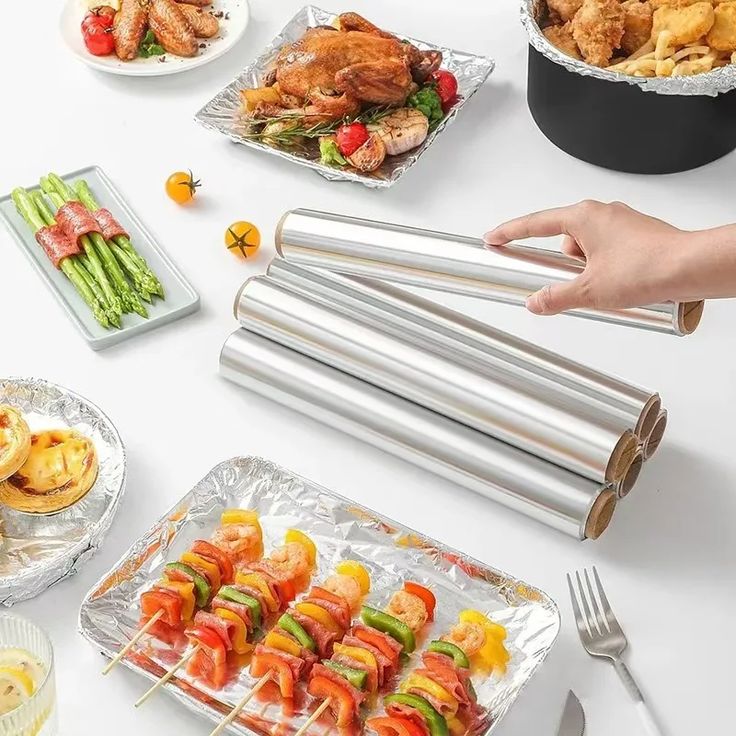
Enhancing Texture with Foil Wraps
Tin foil shines when it comes to improving the textures of various baked goods. For items like bread or cake, wrapping them in foil during cooling can create a beautifully soft crust. The moisture trapped within the foil prevents the outer layer from getting too hard or crusty.
This technique proves especially effective after removing freshly baked bread from the oven. By wrapping the warm loaves in foil, you lock in steam and moisture, allowing the bread to soften effectively. The result? Luscious loaves with an inviting softness that’s hard to resist. For cakes, wrap them in foil after they cool to room temperature to maintain moisture during storage. This preservation trick ensures that your cakes remain moist and tender for days, enhancing your baking skills by prolonging the shelf life.
Mastering the Art of Foil Rounds for Pies
When it comes to baking pies, achieving a perfectly cooked crust can sometimes feel like an uphill battle. Overly brown edges often lead to a dry pie that lacks the desired flaky texture. In this scenario, tin foil rounds come in handy and can make a significant difference. This method enables you to achieve that perfect bake without compromising on quality.
To get started, cut a piece of tin foil into a circle that is slightly smaller than the diameter of your pie. As you place the foil on the pie, it effectively shields the edges from excessive heat. This protection prevents the crust from burning while allowing the center to cook evenly. For added efficiency, consider preparing foil rounds that fit your pie’s dimensions ahead of time. This preparation saves you precious moments during the baking process.
As your pie nears completion, remove the foil in the final stages of baking. This step allows the edges to attain that appetizing golden hue while ensuring your crust maintains its integrity. With this technique, you can now bake pies that are visually stunning and delicious to taste.
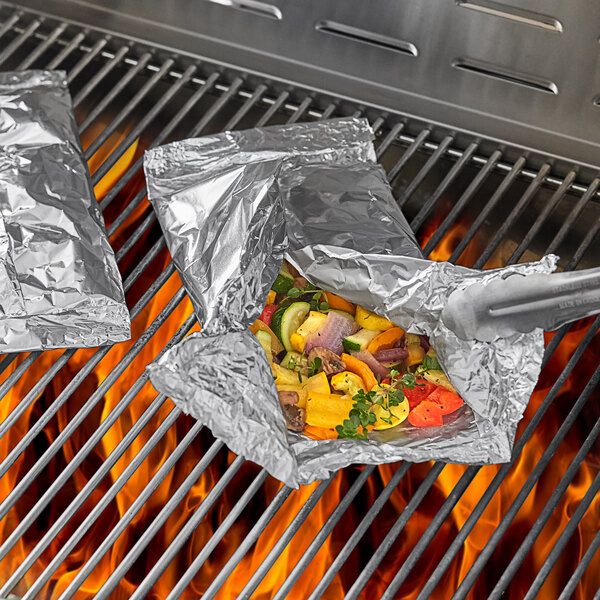
Conclusion: Revolutionize Your Baking with Foil Film
In summary, tin foil stands as an incredibly versatile and effective tool in your baking repertoire. Its unique properties allow bakers to enhance their skills, from creating custom pans to preventing over-browning. The ability to retain moisture, streamline clean-up, and control temperature adds dimensions to baking that every enthusiast should embrace.
By adopting innovative methods using tin foil, you simplify various tasks within the baking process. You empower yourself to explore and experiment with flavors and textures, resulting in consistently impressive baked goods. Whether you’re a beginner or an experienced baker, incorporating these techniques will undoubtedly enhance your baking experience and skills. Embrace the power of tin foil and watch your baking creativity soar to new heights.

